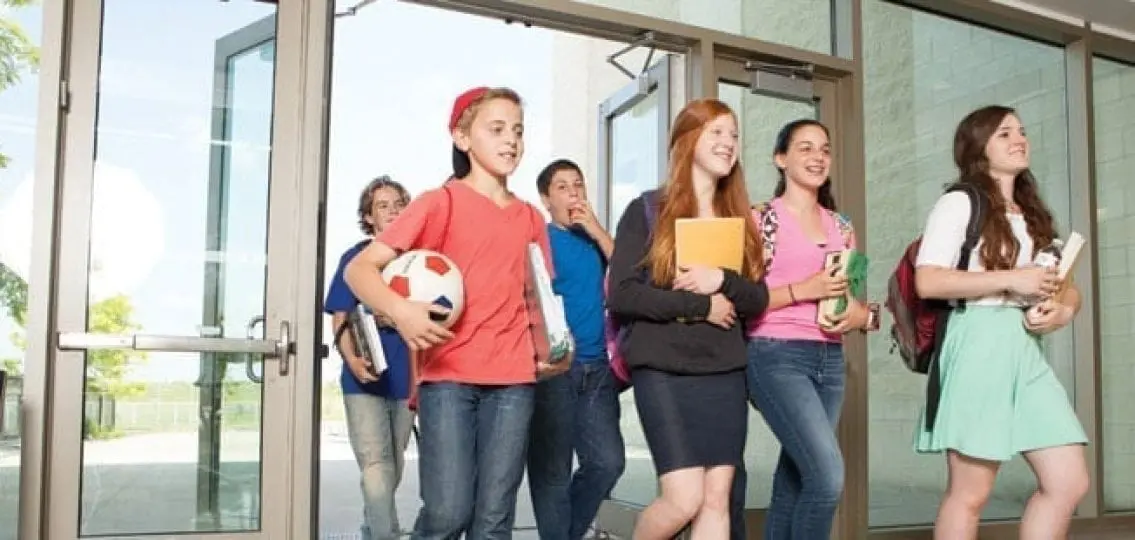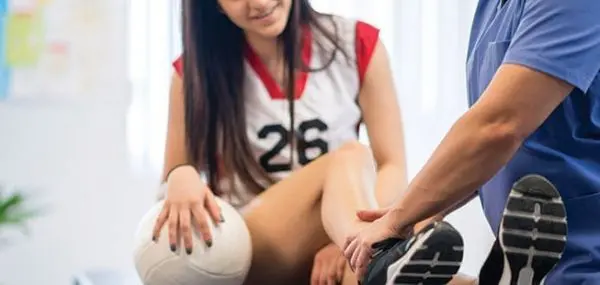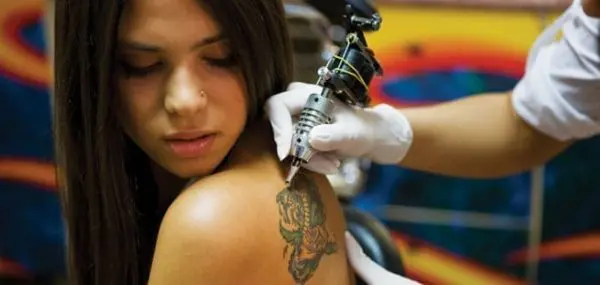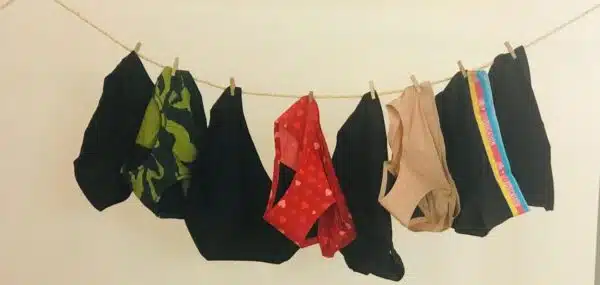It was a rainy May morning, and I was in my office in downtown Manhattan. The phone rang, and I immediately recognized my wife’s cell number. It was a little early for the first call of the day, which invariably includes a discussion about groceries, dinner plans, and any other odds and ends that husbands and wives talk about throughout the day.
This call was different.
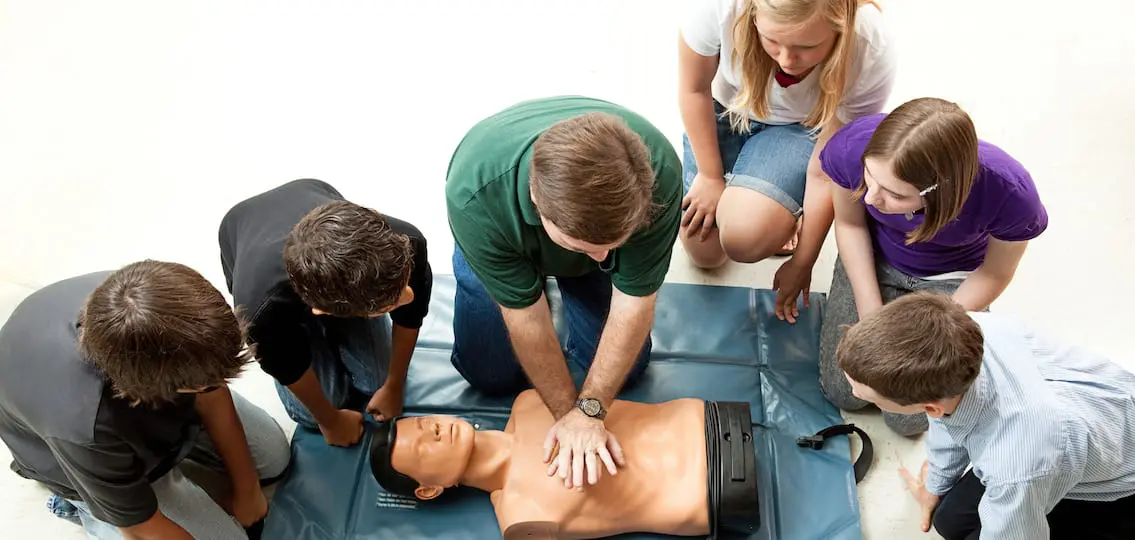
“Something Happened to Max”
“Something happened to Max,” she anxiously said, referring to our eldest son. “He’s in the hospital, and I’m on my way. Get there as soon as possible.”
I pressed for more details, but she didn’t know much.
In a cab heading uptown, I was calm. What could possibly be wrong? Max was almost 17-years-old and had never been hospitalized: no broken bones, no appendicitis, no real health problems. He was skinny, didn’t have eating issues, and loved to play sports. In short, he was just a normal teenager.
My wife arrived at the hospital before me, and she called with the news that something was really wrong: Max was in the emergency room connected to an IV and various monitors. I urged her to be calm and told the cabbie to hurry.
Upon entering the emergency room, I was greeted with the grim faces of several school administrators. And then I saw my son, lying in the hospital bed with numerous doctors and nurses hovering around him.
Max looked up at me and asked, “Am I going to die?”
I grabbed his hand and said, “No, Max. You’re going to be fine.”
But, I soon found out how close to dying he had actually come.
At gym that morning, the teacher told his class to run a mile around the indoor basketball court. A few minutes into the run, as he joked around with his buddies, Max stopped to tie his shoe. Then, he collapsed.
The gym teacher quickly realized the severity of the situation. The school nurse arrived in record time, and they started CPR. It didn’t work: Max didn’t have a pulse and wasn’t breathing. So, they grabbed the gym’s defibrillator and shocked Max’s heart back to life.
The School AED Saved My Son’s Life
An ambulance took Max to the hospital and after a battery of tests, we found out that he has hypertrophic cardiomyopathy (HCM), a disease that affects the heart muscle. HCM is a leading cause of sudden cardiac death in young athletes. Max is one of the lucky few to survive it.
The days that followed were difficult. Max had a defibrillator implanted in his chest to deliver an electric shock if his heart ever needs it. And because HCM is genetic, our entire family was tested.
Barely two weeks after Max’s incident, we were devastated to discover that our younger son, Jake, also has HCM. A few days later, we watched Jake being wheeled into the operating room for the three-hour operation. Our only consolation was that Max’s crisis probably saved Jake.
More than a year has passed, and life has returned to some semblance of normalcy. The boys understand that barring any technological breakthrough, they will likely have a defibrillator in their bodies for the rest of their lives. They realize that competing in many sports can be harmful to their health; they take medicine every day; and they see their team of cardiologists every few months.
A Miracle Morning
Not a day goes by without me thinking about Max’s miracle morning. So many things went right during those few extraordinary moments in the gym; to say that every second counted is an understatement.
The one notion that I can’t get out of my head is how lucky we are that Max’s heart decided to go into arrhythmia at his high school gym instead of a baseball field in the middle of Central Park or during a pick-up soccer game at the beach.
What would have happened then?
Getting AED Machines For Schools
One of the most gratifying aspects of Max’s story has been the response of several schools. After learning of Max’s “revival,” schools that did not have defibrillators bought the necessary equipment and provided training to teachers. Hopefully, many others lives will be saved.
As one surgeon said, Max must have had an “angel on his shoulder” on that fateful morning. In truth he had many angels, including the school’s administration, the parent advisors who recommended having working defibrillators in the building, and the gym teacher and nurse whose remarkable actions defy any appropriate words of thanks.
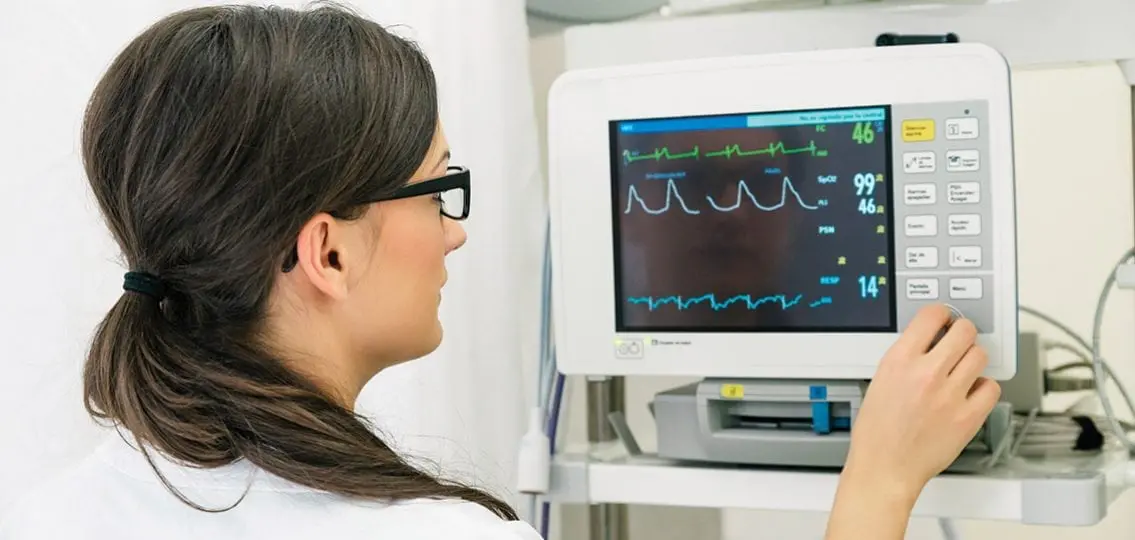
For us, every day with Max and Jake is truly a blessing, an ongoing bonus, if you will. We have learned to be thankful for the so-called “little things,” such as the health of our children. And, we look forward to watching our kids grow up and live long, healthy and productive lives.
